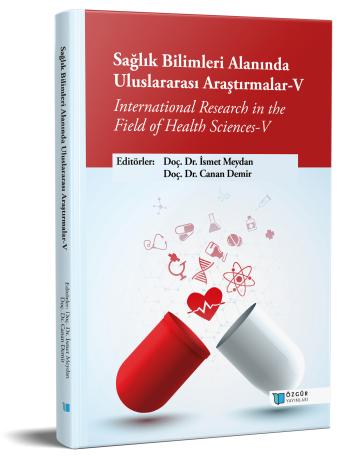
Effect of Residential Radon on Lung Cancer
Chapter from the book:
Meydan,
İ.
&
Demir,
C.
(eds.)
2023.
International Research in the Field of Health Sciences-V.
Synopsis
Radon is a naturally produced gas with mutagenic properties located in the 238U chain. The short-lived decay products of radon, 218Po, 214Pb, 214Bi and 214Po, are radioactive isotopes that, when inhaled, can cause lung damage by emitting alpha particles in the respiratory system. Lung cancer is the most significant health effect of radon exposure. Radon represents global epidemiological concern as it is the most important natural source of ionizing radiation for the general population. Therefore, it is important to determine radon concentrations in residences and take radiological protective measures. Subsoil diffusion is the most important source of residential radon. Seasonal changes, local geology, building internal-external pressure difference, building type, characteristics of the bedrock on which the building is located, the permeability and porosity of this rock, the area of the surface where the building is in contact with the soil, insulation of the building, natural gas, indoor ventilation conditions and lifestyle of the residents. factors that affect exposure levels. The aim of this study is to provide a broad perspective by analyzing studies on the effect of residential radon on lung cancer.
Continuous analysis of available methods for cost, radiological measures to be taken will help improve and maintain quality of life in the future. The strong carcinogenic effects of smoking and other environmental substances on lung cancer make it difficult to estimate the real risk of residential radon on lung cancer in epidemiological studies.

